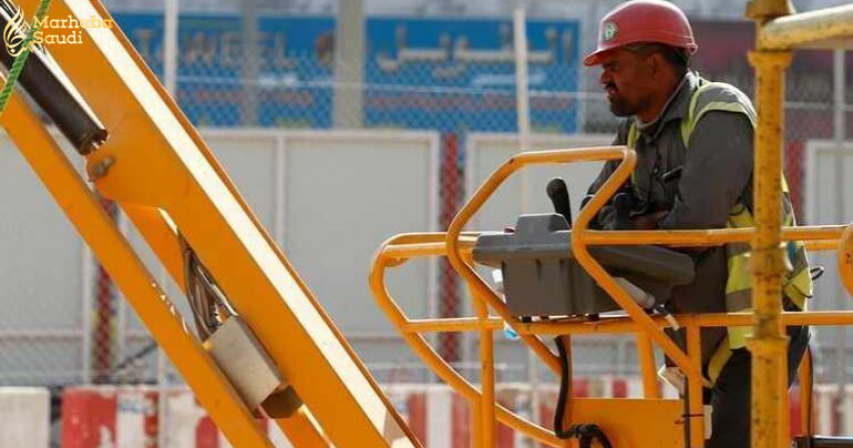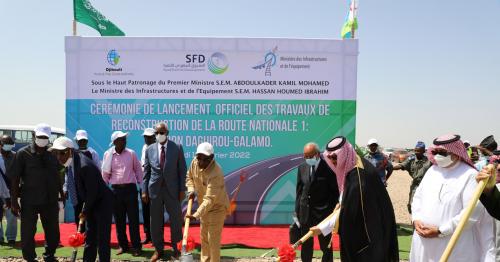Mena construction boom: Saudi leads market, Egypt, Ethiopia shine in Africa

Construction activity in the Middle East and North Africa (MENA) region has been relatively sluggish and is forecast to grow at 3.3 percent in 2019.
However, after a lacklustre 2019, construction growth in the region is forecasted to steadily improve in the next four years, to reach 4.9 percent by 2022-2023, data and analytics company GlobalData said in its Global Construction Outlook report.
Government revenues in the Gulf countries have been affected due to low oil prices. Assuming oil prices stay relatively high, large-scale investment in infrastructure projects – mostly related to transport – will be a key driving force behind the growth in the region, the report said.
Saudi Arabia remains the largest regional construction market in the Middle East, despite a contraction in construction in the kingdom in recent years. Construction output is forecast to recover in 2019, growing by 2.6 percent, before posting average growth of 3.8 percent in 2020-2023, the report said.
Yasmine Ghozzi, Economist at GlobalData, said: “The construction market started on a positive note in Saudi Arabia in 2019, growing by 1.3 percent year-on-year in Q1 in real value-add terms, attributed to rising oil prices and a surge in the non-crude sector.”
“The significance of construction in Saudi Arabia is accentuated by key transport and mobility schemes such as Riyadh Metro; social infrastructure developments such as the Ministry of Housing’s Sakani programme; and energy megaprojects such as the state-owned Aramco’s Berri and Marjan oil fields," she added.
The report pointed out that construction boom in Qatar, that began almost a decade ago, seems to have run its course as major projects are largely completed. Construction output decreased by 1.2 percent year-on-year in Q1 2019, a sharp deceleration after years of rapid expansion.
“The Qatari construction sector will slow relative to previous years, in general, but the turnaround will come from the North Field Expansion (NFE) project where Qatar Petroleum announced its aim to increase Qatar’s LNG production from current 77mtpa to 110mtpa within five years and has assigned Qatargas as the operator of the project. Meanwhile, work on the Hamad International Airport and New Doha Port will support growth in the airport and port sectors,” Ghozzi said.
However, one of the region’s brightest spots will be Egypt, where GlobalData predicts that construction will expand by an annual average of 11.3 percent between 2019 and 2023.
“Egypt’s economy is forecast to expand at a relatively rapid rate over the next two years, driven by sustained growth in natural gas production and a recovery in tourism. Delivering an ambitious renewable energy program is a priority for the government. Construction activity is also being driven by Cairo’s urban development program, which could involve building 23 new cities,” Ghozzi said.
The pace of growth in sub-Saharan Africa will be particularly strong, averaging 6 percent a year in 2019–2023, Global data said.
According to the report, construction activity in Nigeria will accelerate steadily, supported by government efforts to revitalise the economy by focusing on developing the country’s infrastructure.
But Ethiopia will be Africa’s star performer, with its construction industry continuing to improve in line with the country’s economic expansion, but the pace of expansion will ease back to single-digits, it said.






Comments